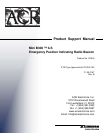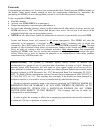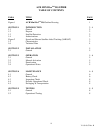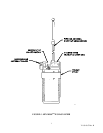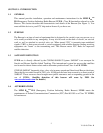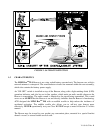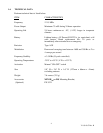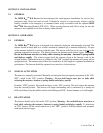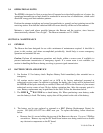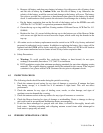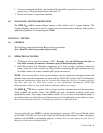
2
Y1-03-0167 Rev. B
SECTION 1 - INTRODUCTION
1.1 GENERAL
This manual provides installation, operation and maintenance instructions for the MINI B
300
TM
ILS Emergency Position Indicating Radio Beacon (EPIRB - Class B) hereinafter referred to as the
Beacon. This section describes the characteristics and details of the Beacon (See Figure 1). You
must add this device to your FCC ship station license if you have one.
1.2 PURPOSE
The Beacon is an item of survival equipment that is designed to be carried or on your person, so as
to be readily available in any emergency. It may also be used on the deck of vessels, on survival
craft, as well as attached to survival suits, etc. When turned “ON” it transmits tone-modulated
signals (VHF) so that rescue aircraft or vessels equipped with suitable direction finding receiving
equipment can “home” to the transmitting unit. This Beacon meets FCC Rules for improved
satellite detection.
1.3 SATELLITE DETECTION
EPIRB use is directly affected by the COSPAS-SARSAT System. SARSAT is an acronym for
Search and Rescue Satellite-Aided Tracking. This international system has proven that satellites
can be used to detect distress alerts and to determine position from Class A and B EPIRBs.
COSPAS-SARSAT frequently plays a key role in many operational Search and Rescue decisions.
Since the first recorded rescue in 1982, over 10,000 persons have been rescued as a direct result of
SARSAT. These successes have brought more public awareness and an expanding growth in the
use of EPIRBs. (Satellite detection of this beacon will cease by 2009. See
www.acrelectronics.com for details.)
1.4 AUTHORIZATIONS
The MINI B
300
TM
ILS (Emergency Position Indicating Radio Beacon) EPIRB meets the
requirements of Federal Communications Commission (FCC) Part 80.1055 as a Class "B" EPIRB,
for marine use.



